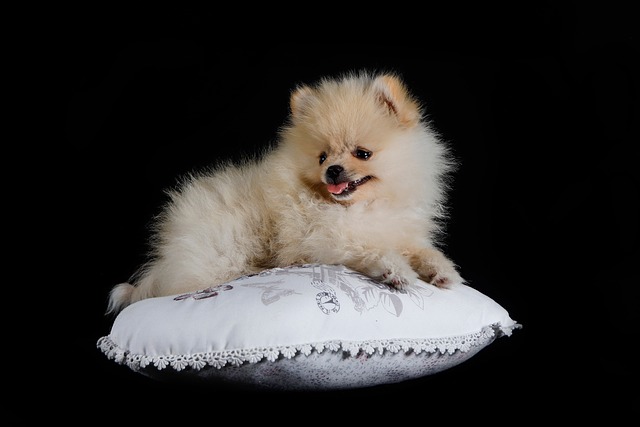
How to get your dog on a poop schedule?
Dogs thrive on routine, but figuring out how to get your dog on a poop schedule can feel tricky—especially if you’ve got a puppy still learning or an adult dog with erratic habits.
That moment when your new dog hesitates to take a treat from your hand isn't a rejection—it's a conversation. Building trust isn't about dominance; it's about becoming a predictable source of safety and good things in your dog's world. Canine trust is built on consistency and positive association. Your dog's brain is wired to seek safety and avoid threat. When you use force or sudden movements, you trigger their defense mechanisms. But when you respect their boundaries and allow them to make choices—like whether to approach you—you build confidence alongside trust. This is the core of modern, force-free training embraced by animal behaviorists. It’s not about being permissive; it’s about being a trustworthy leader who communicates through encouragement rather than intimidation.
So, how do you practically become that safe haven? Start with the three C's: Calmness, Consistency, and Choice. Begin your day not with a boisterous greeting, but with quiet presence. Sit on the floor while reading or watching TV, casually tossing high-value treats like boiled chicken near your dog without demanding interaction. This teaches them that your presence alone predicts good things. During walks, be their advocate. If your dog freezes at a passing skateboard, don't tug the leash. Instead, create distance and reward them for checking in with you. Implement predictable routines for feeding and potty breaks—dogs thrive on knowing what comes next. Most importantly, let them opt into interaction. Extend your hand for a sniff rather than forcing a pet, and praise them for voluntary engagement. This empowers them and strengthens your bond through positive reinforcement rather than coercion.
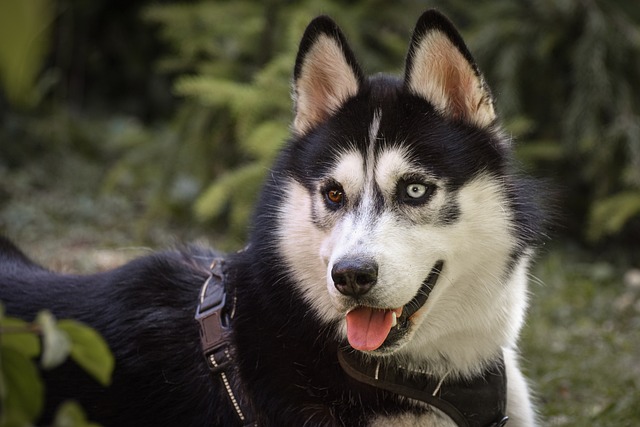
This foundation of trust directly translates to being a responsible community member. A dog who trusts you is less likely to react fearfully to neighbors in your apartment hallway, reducing stress for everyone. Remember, trust includes upholding your legal duties: ensuring your dog’s rabies vaccination and local license are current before those trust-building trips to the park, as required by state laws. That trust also means your dog learns to relieve themselves in appropriate areas, and you always, without fail, clean up immediately with biodegradable bags—showing respect for your shared environment. By prioritizing patience and positive connection over quick fixes, you’re not just building a better relationship with your dog; you’re fostering a well-mannered companion who can thrive in your home and community.

Dogs thrive on routine, but figuring out how to get your dog on a poop schedule can feel tricky—especially if you’ve got a puppy still learning or an adult dog with erratic habits.
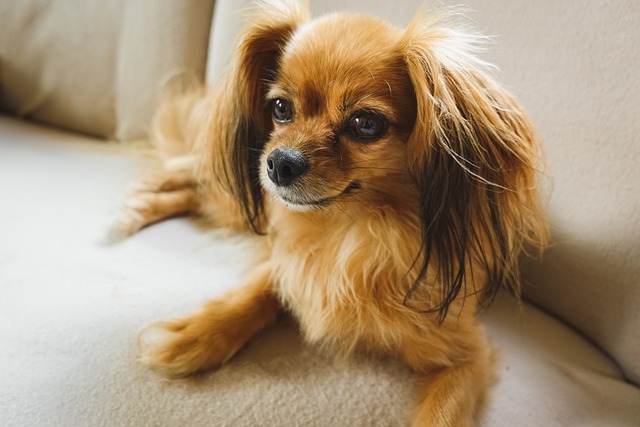
When your dog is panting and pacing during a fireworks display or a noisy garbage truck outside your window, your first instinct might be to shower them with full-body pets.
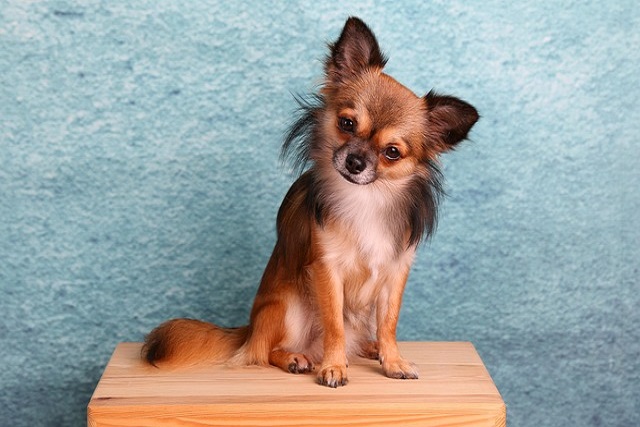
When your dog is bouncing off the walls during a home gathering or trembling during a thunderstorm, understanding what actually calms them requires looking through their perspective.
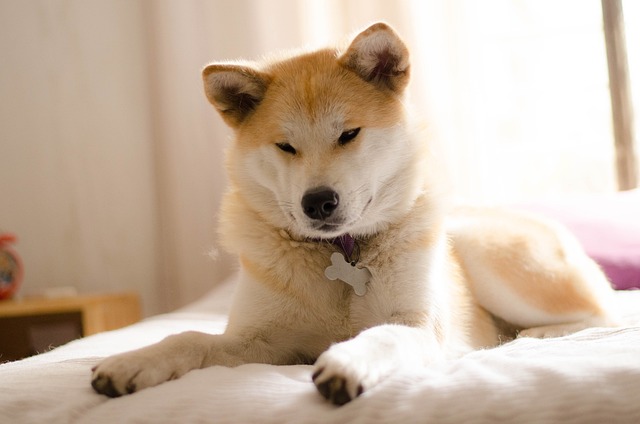
When your dog is stressed by fireworks, thunderstorms, or a vet visit, the urge to naturally help them calm down is completely understandable.
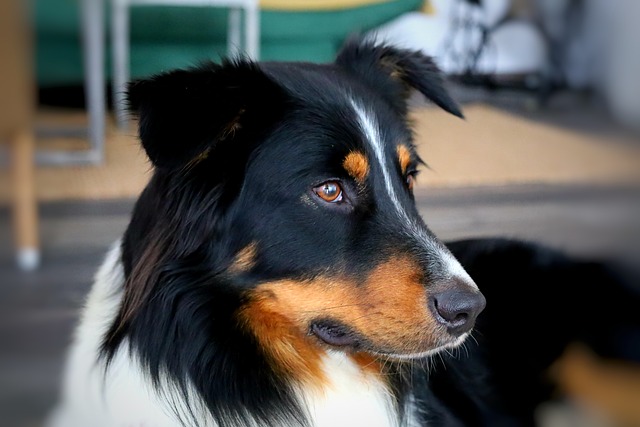
Maybe you just brought home an 8-week-old German Shepherd puppy—fluffy, curious, and already leaving tiny accidents on your living room rug.
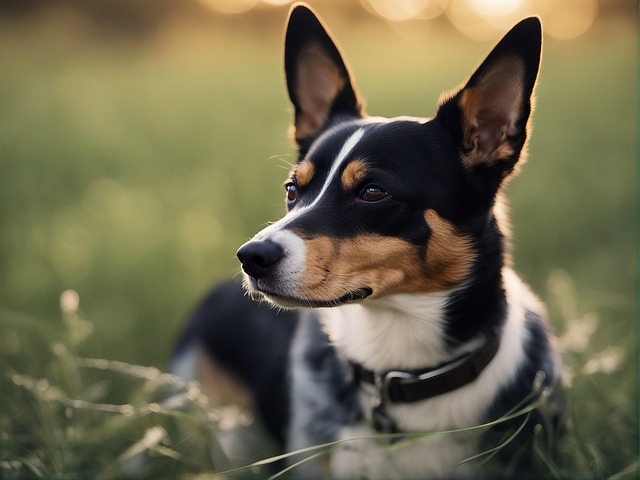
Walking through a forest with your Golden Retriever, you might watch them sniff out a squirrel and wonder if they could be a real hunting dog—even if they’re usually just a couch buddy.